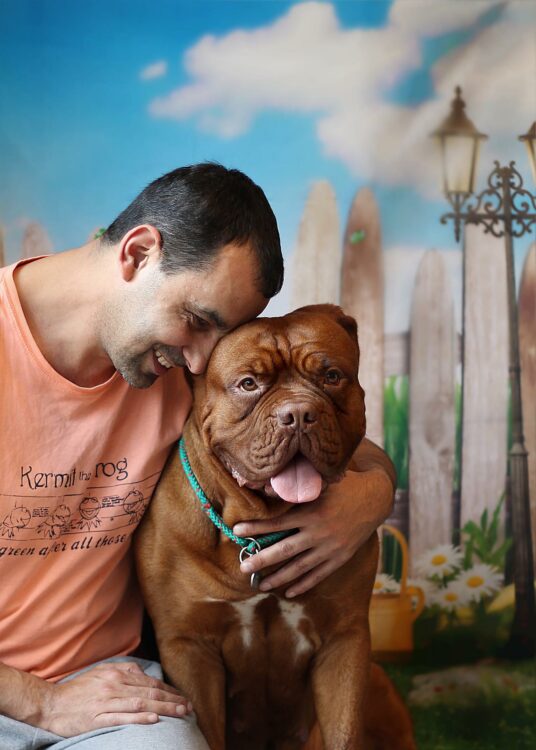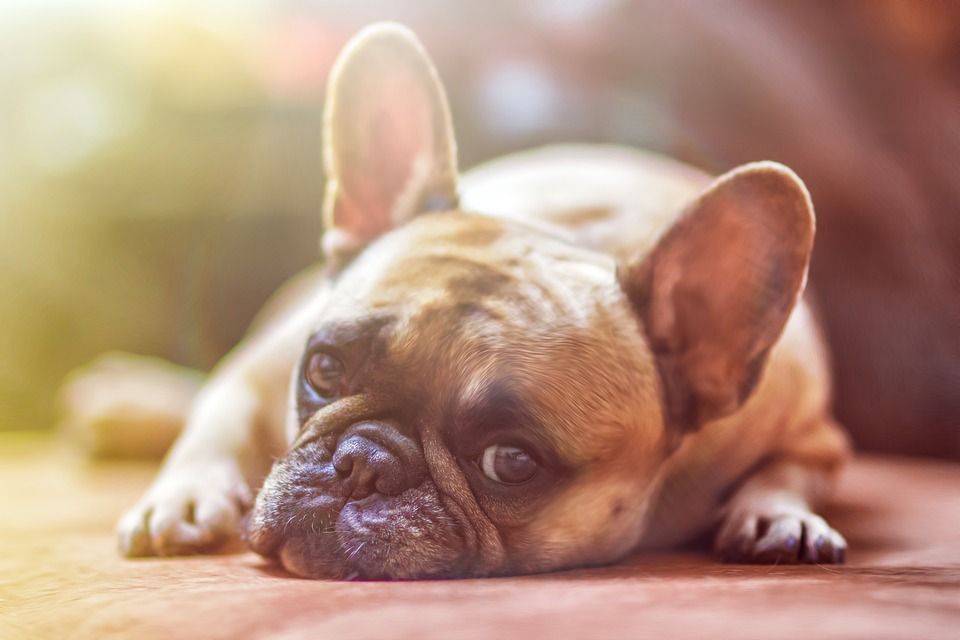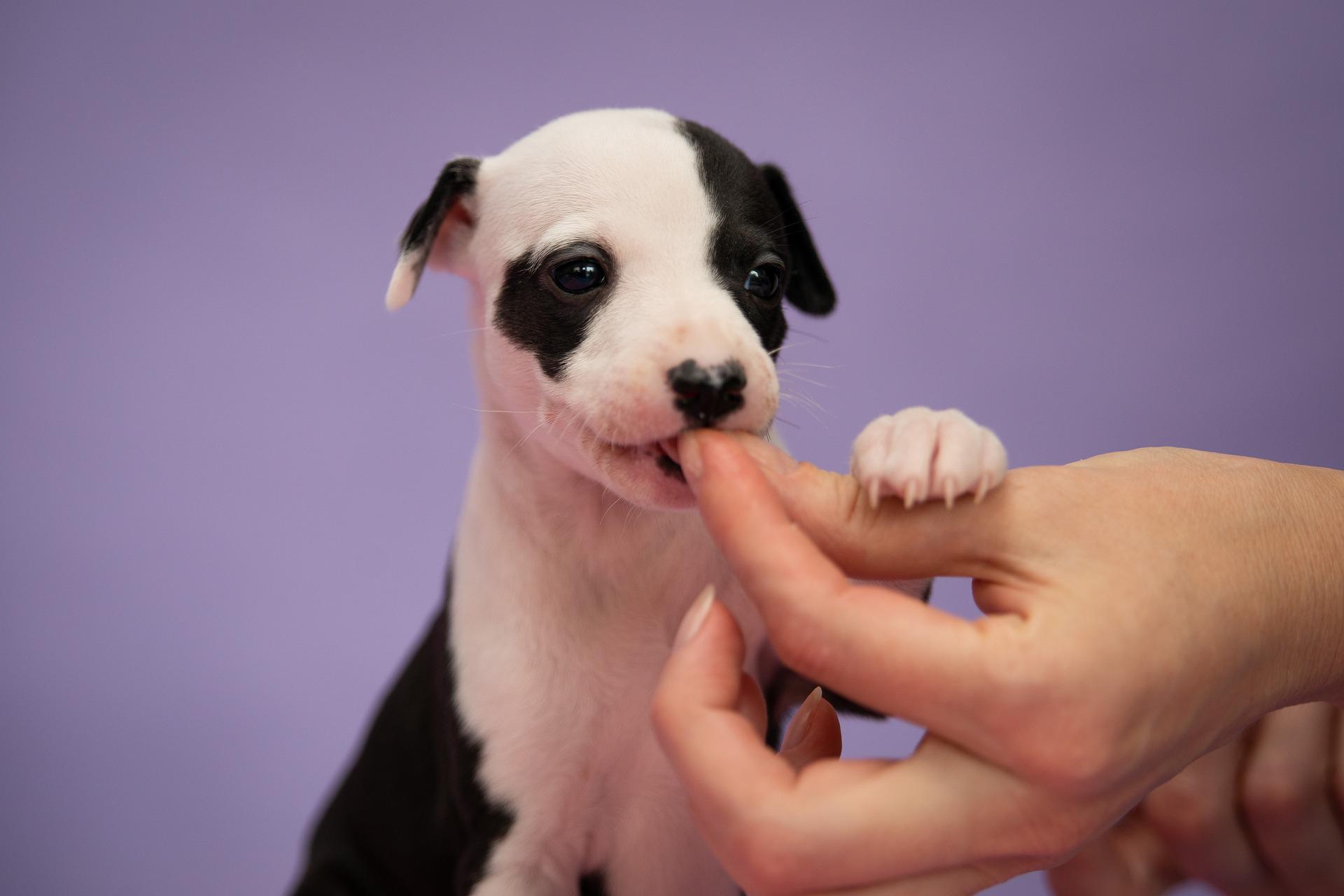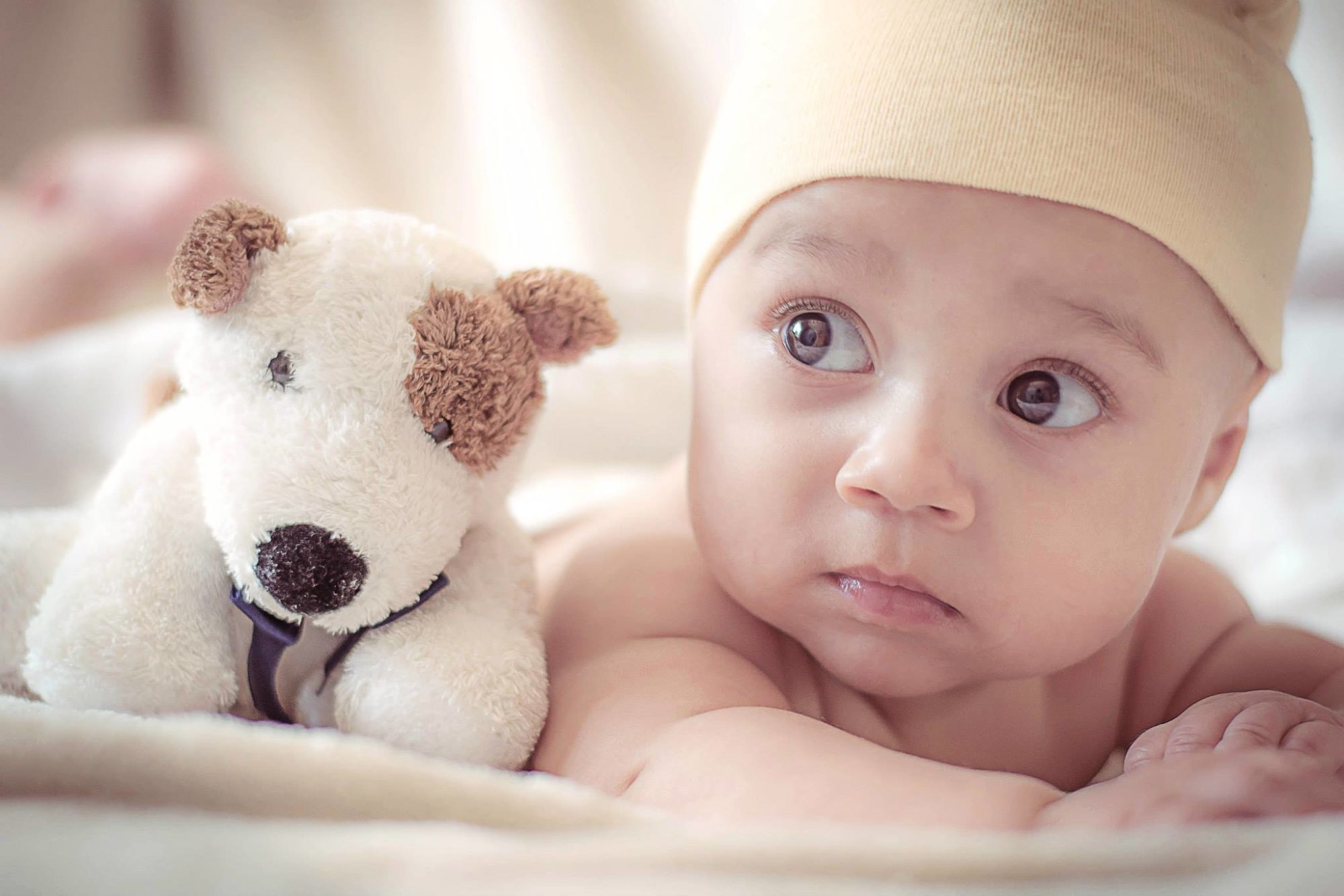Moving to a new home is stressful for your pet as well as yourself
When you move to a new home, you’ve got a lot of things to unpack and get settled. But your dog is going through some changes, too, so helping your dog needs to be near the top of your to-do list.
He needs to adjust to his new home and yard. You can help him with the adjustment with just a few easy steps.
Before you move in, though, make sure your new home is safe for your pooch.
Dog-proofing your home is very similar to baby-proofing your home. Move things higher up and into places that your dog can’t reach.
This includes candles, plants, knick-knacks and pill bottles. Move things out of the way of windows if your dog loves to look out at the world.
Baby gates, outlet covers and cabinet door locks are all things that can help you pup-proof your home, just like you would for a new baby.
Your yard needs to be safe, too.
Walk the fence and make sure there are no holes that your dog can escape through.
If there are, make sure you repair them before you let your dog run free in the yard.
Make sure there aren’t random pieces of metal or glass lying in the yard that your dog can step on and get injured.
Clean up any pet refuse left behind by a previous occupant.
Now that your new home is safe, it’s time to get your dog settled.
Bring his beds and toys from his previous home and put them in a place your dog can easily find them.
Don’t wash them before the move — your dog will find comfort in the familiar scents.
If you can, let him visit the home before the move. Take him on a walk around the home on a leash and let him investigate.
He’ll want to smell every corner of the home, and that’s OK. It’s how he learns.
Make sure to spend a lot of time with your dog.

Moving can cause a lot of stress, and your dog picks up on that. Take frequent breaks with your pup and reassure him that you’re still with him.
Plus, loving on your dog helps ease your own stress.
When it’s time to leave your dog alone in the home for the first time, don’t leave him loose in his new environment, especially if you still have a lot of unpacking to do.
Keep him in a kennel or in a small room with his things. There are too many items for a dog to get into around the house, which can cause damage to the home and your dog.
Take him on a walk in his new neighborhood, but don’t overdo it.
Taking him around the block will let him acclimate to his new surroundings and allow him to take in all the smells of his new home.
He’ll get to meet his new dog neighbors as well as get a good idea of who and what his new area holds.
But start with short walks and build up to the bigger ones. This will keep him from becoming overwhelmed in his new surroundings.
Tiring out your dog is always a good way to help him settle down.
Helping your dog by trying to keep their routine as familiar as possible.
After a big move is not the time to throw in a big change of schedule, unless it can’t be helped.
Try feeding and walking at the same time and in the same order.
This will give your dog a good sense of continuity between his old life and new.
The most important thing to remember when helping your dog get acclimated is to be patient.
Some dogs adjust more quickly than others, and that’s OK. You know your dog better than anyone, and you know what he needs.
Give him lots of love and understanding, and he’ll be fine. Before long, your dog will be right at home in his new abode.
Are you interested in learning how to communicate with animals?
Wouldn’t it be helpful to be able to have a conversation with your dog?
Then you’ll want to check out The Heart School of Animal Communication®.
Click Here to see the courses – take a look and choose what most appeals to you.
If you are a newbie, then we highly recommend starting with the Beginning Core Foundations Course.
If you’re still not convinced of all the benefits of communicating with animals, click here to learn all the great reasons you should begin learning how now!
This article was previously published October 9, 2017, and was updated on July 26, 2022
If you enjoyed this article you may also want to read:
Moving With Your Pet: Factors to Consider
20 Great Children-Friendly Dog Breeds
Positive Dog Training Tips – Pam Dennison on The Real Dr. Doolittle Show™






Leave a Reply